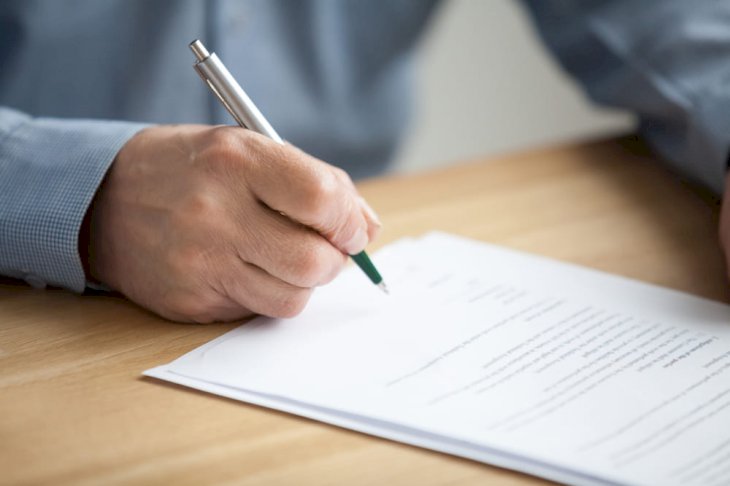
Pen the Perfect Acceptance Letter Email
After going through all the effort to compose an irresistible resume and then to ace the interview, you finally get offered the job. But how do you write an acceptance email to officially accept the job offer.
A new job requires starting off with a good, professional first impression. An acceptance email is sent to officially agree to the terms of a job offer. Usually, the employer will send you an email that includes the title, pay, intended start date and other terms of your employment. You are expected to respond formally to accept the offer. Here are some instructions to pen the perfect acceptance letter.

Shutterstock
1. Clear Subject Line
It is important for the acceptance email to start with a concise subject line. The line should clearly state the reason for the email. An example of a simple subject line is “Accepting Company Name ’s Offer – Your Name .”
It sums up the reason for the email as well as who is the sender of the email. This looks more professional and ensures that the person receiving the email notices the email.
2. Address the Letter to The Right Person

Shutterstock
Draft the letter to address the person who made you the job offer. If the offer was emailed to you, ensure you are responding to the email with your acceptance. Similarly, if you received a written or verbal offer letter, ensure your acceptance letter is addressed to the most appropriate person. This could be the direct supervisor or hiring manager.
3. Be Thankful
When composing your acceptance letter, take the opportunity to thank the employer for taking the time to interview you and for the chance to work with the company. Also clearly express your enthusiasm towards the job you are accepting.
4. Keep it Concise

Shutterstock
The acceptance email should be brief. Confirm the terms of employment in a list. Also state that you accept things like salary, benefits and paid time off, as well as the start date.
Now is also a good time to negotiate or questions you want to ask. This is also when you should make queries about adjusting your start date or explain any special needs you may need to complete your work.
5. Sign the email

Shutterstock
Finally, to end the email finish it off with a short signature. Thank the employer again then close the letter with a salutation. Use words like “Best regards” or “Sincerely” to maintain the professional nature of the correspondence. Close the letter with your full name.